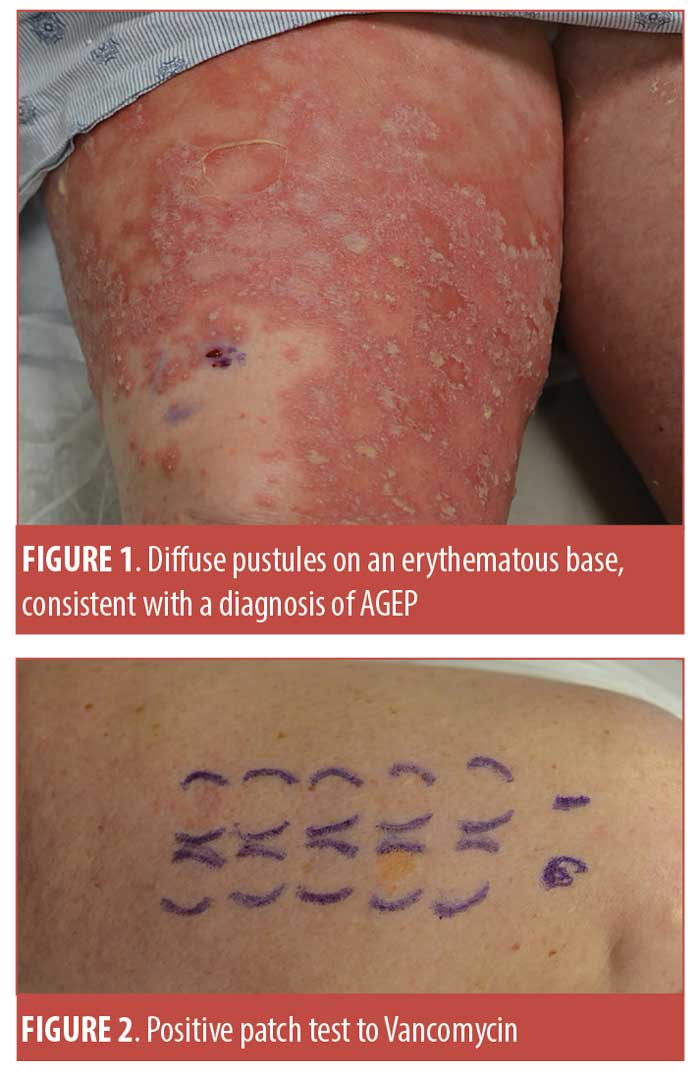
Image credit: Skoch3, (2008, February 17) It seems to be particularly effective in perioral dermatitis that has been caused by using topical steroids.Share on Pinterest Amoxicillin may cause a rash in some people.
CLINDAMYCIN SKIN RASH SKIN
This cream works to reduce skin inflammation. Other perioral dermatitis treatment is sometimes used. However, tetracyclines and some other antibiotics have an action to reduce inflammation in addition to killing germs (bacteria) and this may be why they work. The way antibiotics work in this condition is not clear. So, do persevere if an antibiotic is prescribed. However, there is an improvement in most cases within two months after starting antibiotic treatment. You may not notice any improvement for the first few weeks of treatment. The course of treatment is usually for six to twelve weeks. Doxycycline or tetracycline topical antibiotics are sometimes used in cases of mild perioral dermatitis. Your doctor may give you prescription medication for oral antibiotics in the tetracycline group.

If you only have mild perioral dermatitis, your doctor may recommend topical antibiotics containing an antibiotic such as metronidazole or clindamycin. They may stop the steroid again, only for the rash to come back yet again and even worse, etc. This can become a vicious cycle as they may then put more steroid cream on to clear the new rash, which may clear again. However, as soon as the rash clears and the steroid is stopped, the rash reappears, only even worse. Some people will have tried a steroid cream, which can be bought at pharmacies, to treat what they think is mild eczema.
CLINDAMYCIN SKIN RASH PATCH
Topical steroids can also clear a mild patch of perioral dermatitis temporarily. For example, you may scratch the treated area of your skin (say, your elbow) and then, without realising you are doing so, rub the finger used for scratching on to your face. Without realising you are doing so, you may even rub some steroid on your face if you are treating another part of your body with a topical steroid. Many cases develop soon after using a topical steroid on the face for another condition, such as mild eczema. There is a well-known link between using a topical steroid (steroid creams, gels, ointments, etc) and developing perioral dermatitis. A liquid, gel or light milk sunscreen may be the best to use.įather Goose, CC BY-SA 4.0, via Wikimedia Commonsīy Father Goose, CC BY-SA 4.0, via Wikimedia Commons Recently, a study has found that some sun creams used on the face may be a trigger for perioral dermatitis in some children and adults.

Yeasts and germs (bacteria) that live on the skin and in hair follicles have been suggested as a possible trigger.Fluoridated toothpaste and chewing gum have been suggested as possible triggers.Physical factors such as strong winds and UV light.For example, one study found that make-up foundation seemed to be a particular provoking factor. It may be that certain ingredients of cosmetics may act as the trigger. Make-up, cleansers and cosmetics applied to the area affected on the face.Steroid creams and ointments are a main trigger.However, in many cases the rash seems to be triggered by one or more of the following:


 0 kommentar(er)
0 kommentar(er)
